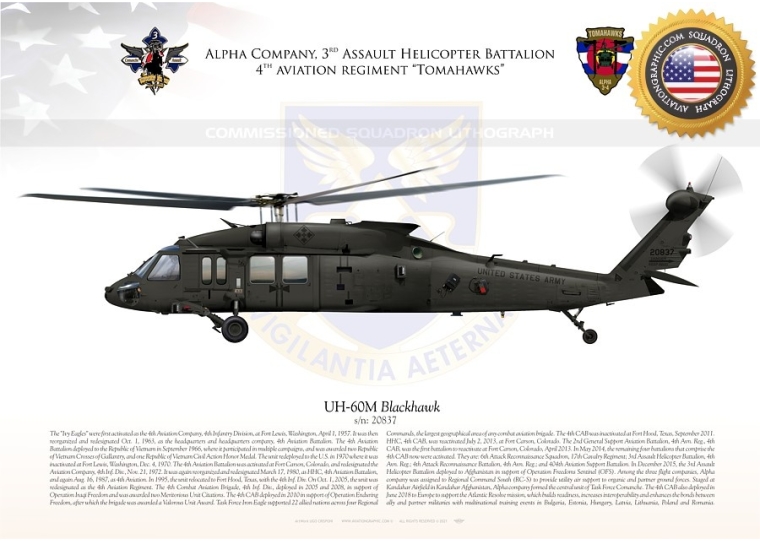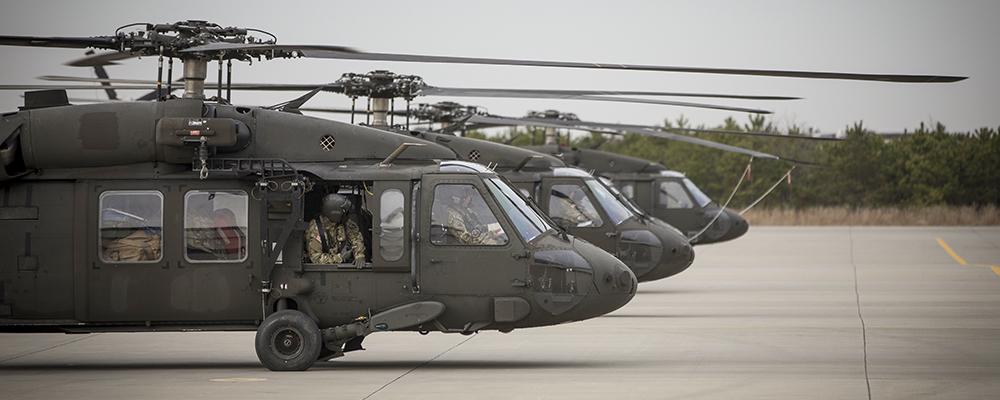Why the UH 60 Is Essential for Modern Armed Forces and Special Operations
Why the UH 60 Is Essential for Modern Armed Forces and Special Operations
Blog Article
Exploring the Background and Evolution of the UH 60 Helicopter

Origins of the UH-60
The beginnings of the UH-60 helicopter can be mapped back to the late 1960s, a period marked by the need for a versatile energy aircraft that can adapt to the advancing needs of contemporary war. The U.S. Military identified the requirement for a replacement for the older UH-1 Iroquois, which was becoming progressively inadequate for the complexities of modern battle situations. In 1967, the Army launched the Energy Tactical Transport Aircraft System (UTTAS) program, which sought to create a multi-role helicopter capable of different goals, including troop transportation, medical emptying, and logistical support.
The design competitors attracted several aerospace producers, however it was Sikorsky Airplane Corporation that inevitably protected the agreement in 1972. The UH-60 Black Hawk was introduced, showcasing innovative style aspects and advanced modern technology that set it besides its precursors. Its first trip happened in 1974, and the airplane was formally adopted by the Army in 1979. The UH-60 quickly acquired recognition for its robust performance, reliability, and adaptability, leading the method for its substantial usage in military operations and solidifying its status as a keystone of U.S. Military air travel.
Secret Design Features
Ingenious style functions of the UH-60 Black Hawk substantially contribute to its operational performance. One of the most remarkable elements is its twin-engine setup, which boosts dependability and gives a higher power-to-weight proportion, enabling the helicopter to carry out under various problems. The airplane's four-blade primary blades system offers boosted lift and ability to move, vital for tactical objectives.

Additionally, the cockpit is created for ideal exposure and comfort designs, including advanced avionics that simplify pilot operations. The modular layout of the UH-60 permits easy upkeep and versatility, making it appropriate for different objective accounts, from army transport to medevac procedures. These key layout features guarantee that the UH-60 Black Hawk continues to be a functional and reliable possession in military aeronautics, with the ability of meeting the demands of modern-day warfare.
Technological Improvements
Recent technical advancements in the UH-60 Black Hawk have significantly boosted its operational abilities and flexibility. The assimilation of advanced avionics, such as digital trip control systems and boosted situational understanding displays, permits pilots to run with raised precision and efficiency. These systems assist in enhanced navigating, interaction, and information sharing, making it possible for the helicopter to operate efficiently in diverse settings.
In addition, the intro of composite materials has reduced the general weight of the aircraft while maintaining architectural honesty. This decrease enhances gas efficiency and extends operational range. The unification of innovative rotor modern technology, consisting of making use of four-blade, fully verbalized blades systems, has improved lift performance and ability to move, permitting better handling in various flight problems.

Additionally, developments in propulsion systems, such as the T700-GE-701D engines, have increased power output and dependability - uh 60. These engines add to remarkable efficiency in hot-weather and high-altitude conditions
Finally, the integration of self-defense systems and enhanced sensing unit packages enhances the Black Hawk's survivability and goal effectiveness. Jointly, these technical enhancements guarantee that the UH-60 Black Hawk remains a vital property in modern aeronautics, with the ability of adjusting to the developing needs of altruistic and armed forces missions.
Duty in Military Workflow
As the foundation of U.S. Army aeronautics, the UH-60 helicopter plays an important role in numerous military operations, acting as a functional platform for fight support, transportation, and medevac goals - uh 60. Its layout incorporates the capability to run in varied settings, making it important for army activity and logistical support in both traditional and unique warfare

In medical emptying scenarios, the UH-60 has shown important, considerably lowering the time to transport injured soldiers from the battlefield to clinical facilities. Its innovative avionics and night vision capabilities better make sure objective success under tough problems. In general, the UH-60 helicopter remains a crucial asset, continuously adapting to satisfy the progressing demands of army operations and boosting the effectiveness of U.S. forces worldwide.
Future of the UH-60
Looking ahead, the future of the UH-60 helicopter involves significant improvements in modern technology and abilities developed to improve its functional effectiveness. As army operations develop, the UH-60 is anticipated to incorporate sophisticated innovations, including boosted avionics, enhanced tools systems, and progressed interaction devices. These enhancements will certainly permit for greater situational awareness and mission adaptability, guaranteeing that the UH-60 remains a vital possession on the battleground.
One notable growth is the integration of fly-by-wire systems, which will certainly boost trip control precision and lower pilot work. Initiatives to update the airframe and engines intend to increase payload, variety, and rate ability, thereby broadening the helicopter's functional scope.
The future likewise holds pledge for enhanced interoperability with unmanned aerial systems (UAS), allowing coordinated objectives that take advantage of both manned and unmanned abilities. In addition, the unification of man-made intelligence and artificial intelligence might enhance flight dynamics and maintenance procedures, leading to lowered functional expenses.
Verdict
The UH-60 Black Hawk helicopter represents a substantial accomplishment in army aviation, evolving from the united state Army's initial needs for a versatile utility aircraft. Its cutting-edge style attributes and continuous technical developments have actually guaranteed its importance in numerous army operations over the decades. As the demands of modern-day war adjustment, the future of the UH-60 will likely include additional improvements and adjustments, strengthening its standing as a crucial asset for armed pressures worldwide.
The UH-60 Black Hawk helicopter represents a considerable landmark in military aviation, emerging from the United state Military's quest for a more flexible and reputable energy aircraft in the late 20th century.The beginnings of the UH-60 helicopter can be traced back to the late 1960s, a duration noted by the need for a functional utility aircraft that might adapt to the developing needs of modern war. Generally, the UH-60 helicopter stays an essential property, constantly adapting to fulfill the advancing needs of army procedures and improving the efficiency of U.S. pressures worldwide.
Looking ahead, the future of the UH-60 helicopter includes considerable advancements in click here to find out more modern technology and capacities designed to improve its operational performance.The UH-60 Black Hawk helicopter represents a substantial accomplishment in military here are the findings air travel, evolving from the U.S. Military's first requirements for a versatile utility airplane.
Report this page